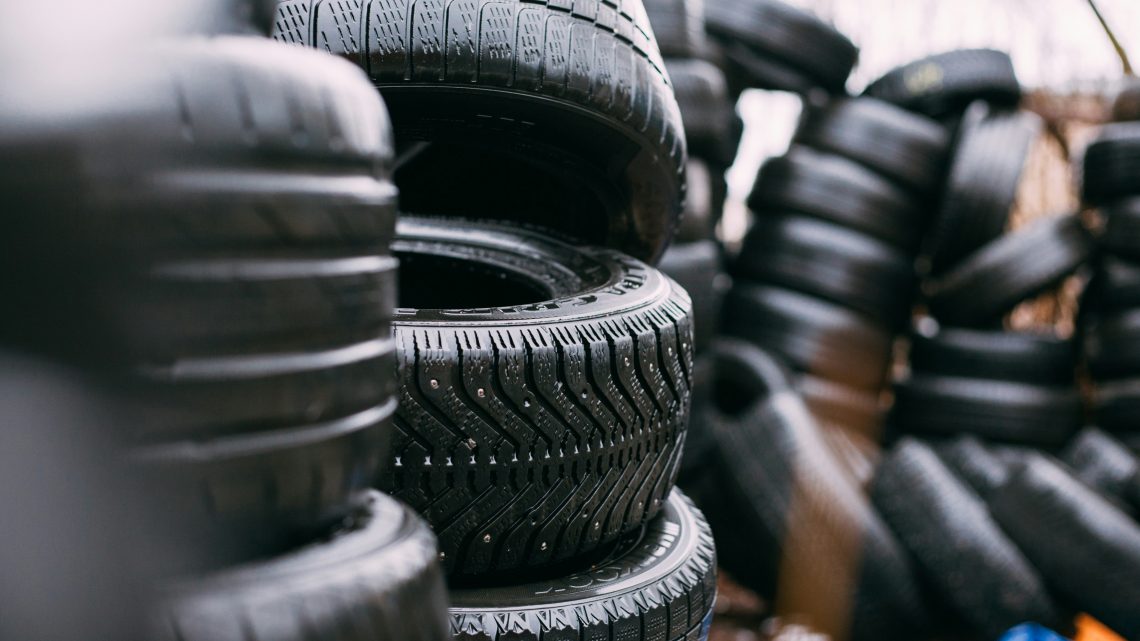When it comes to driving, many people focus on features like airbags, crash ratings, or vehicle technology. However, one of the most critical components for ensuring your safety on the road is often overlooked—your tires. Tires are the only part of your car that makes direct contact with the road, and they play a pivotal role in vehicle performance, handling, and overall safety.
In fact, tire-related issues are a major contributor to car accidents. According to the National Highway Traffic Safety Administration (NHTSA), in 2022, a total of 562 people died in tire-related crashes. This statistic serves as a stark reminder of how important tire maintenance and selection are for the safety of you and everyone on the road.
The Role of Tires in Car Safety
Tires are designed to do much more than simply keep your car moving—they are responsible for how your vehicle handles in various driving conditions. The way your tires interact with the road directly impacts your car’s performance, including its ability to brake effectively, steer accurately, and maintain traction. Tires that are in good condition, with proper inflation and sufficient tread, are essential for optimal vehicle control.
One of the main ways tires contribute to car safety is through their ability to provide traction. Traction allows your tires to grip the road, helping your car maintain stability in different weather conditions. In rain, snow, or ice, tires with good tread depth and the right rubber compounds will perform better at channeling water away from the tire and reducing the risk of hydroplaning. Inadequate tire pressure or worn tires can significantly reduce traction, leading to loss of control, longer stopping distances, and even accidents.
Common Tire-Related Issues That Impact Safety
Several common tire-related issues can jeopardize your safety on the road. Let’s look at some of the most frequent problems:
- Worn-out tires: Tires lose their tread over time, and insufficient tread depth can be dangerous, especially in wet or snowy conditions. Without adequate tread, tires are less able to grip the road, which increases the likelihood of slipping, skidding, or losing control of the vehicle.
- Under-inflated tires: Tires that are not inflated to the manufacturer’s recommended pressure are at a higher risk of failure. Under-inflation leads to reduced tire performance, increased tire wear, and a greater chance of blowouts. It also reduces fuel efficiency and affects handling.
- Uneven tire wear: If your tires are not properly aligned or balanced, they can wear unevenly, which can negatively affect handling and stability. Regular tire rotations help ensure that the wear is even across all four tires, contributing to a safer driving experience.
- Aging tires: Over time, the rubber in tires can break down, even if the tread appears sufficient. Tires older than six years may need to be replaced, even if they look fine from the outside.
These issues can result in poor handling, increased stopping distances, and a higher likelihood of accidents.
Choosing the Right Tires for Your Vehicle
Selecting the right tires for your vehicle is crucial for ensuring safety on the road. Several factors should be considered when choosing tires, including:
- Vehicle type: The type of vehicle you drive influences the kind of tires you need. A performance car will require different tires than a family sedan or an off-road vehicle. Make sure to choose tires that match your vehicle’s specifications for optimal safety.
- Climate and weather: The climate where you live plays a significant role in tire selection. In regions with harsh winters, winter tires designed for cold temperatures and snow are essential. For year-round driving in mild climates, all-season tires may be sufficient.
- Driving habits: If you frequently drive long distances, on highways, or in specific conditions (e.g., off-roading), you may need tires that are designed for those types of driving. A high-mileage tire, for example, may be ideal for someone who commutes long distances every day.
Tires should be selected based on the conditions in which you drive the most. Driving on the right type of tire for your environment and needs can significantly improve safety, reduce accidents, and extend the life of your tires.
How to Maintain Your Tires for Optimal Safety
Once you’ve chosen the right tires, proper maintenance is key to ensuring they continue to provide maximum safety. Regular tire care includes:
- Check tire pressure regularly: Under-inflated tires can lead to blowouts and reduce handling. Use a tire pressure gauge to check tire pressure monthly, especially before long trips.
- Rotate your tires: Rotating your tires every 6,000 to 8,000 miles ensures even wear, promoting balanced handling and extending tire life.
- Inspect for damage: Regularly check your tires for signs of wear, punctures, or damage. Look for cracks, bulges, or any objects lodged in the tires.
- Monitor tread depth: Use a tread depth gauge or the penny test to check if your tire tread is still adequate. If the tread is too low, it’s time to replace your tires.
By taking these simple steps, you can ensure that your tires are in optimal condition, reducing the likelihood of tire-related accidents.
The Consequences of Neglecting Tire Safety
Neglecting tire maintenance or choosing the wrong tires can have serious consequences. Tire-related crashes can happen suddenly and lead to tragic outcomes. A car accident lawyer from Chris Corzo Injury Attorneys pointed out that, while every case is different, tire-related accidents may involve negligence if poor maintenance or failure to address known tire issues is a factor. Drivers who neglect tire care or ignore signs of tire wear may face legal challenges if an accident occurs as a result.
If you’re concerned about your tires or unsure of their condition, it’s always wise to schedule a professional inspection. Taking simple, proactive steps to maintain your tires can significantly reduce the risk of tire-related accidents and help protect you and others on the road.





No Comment